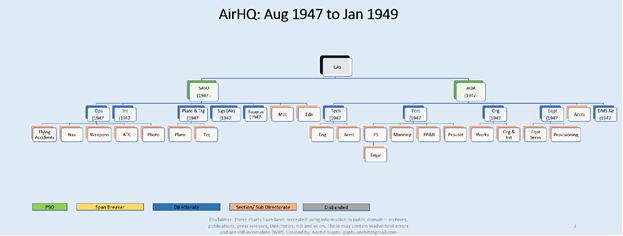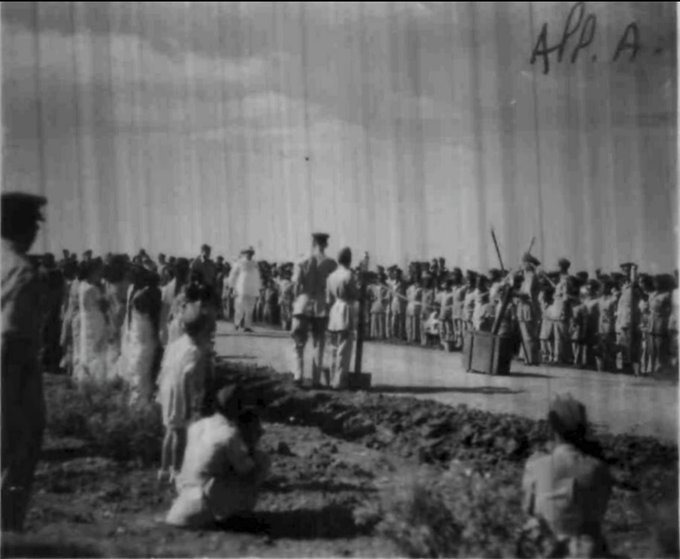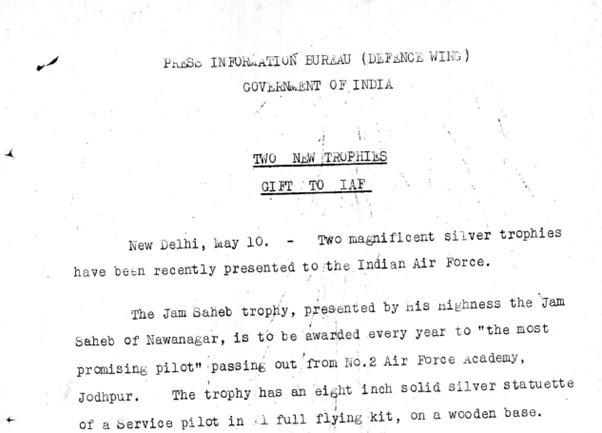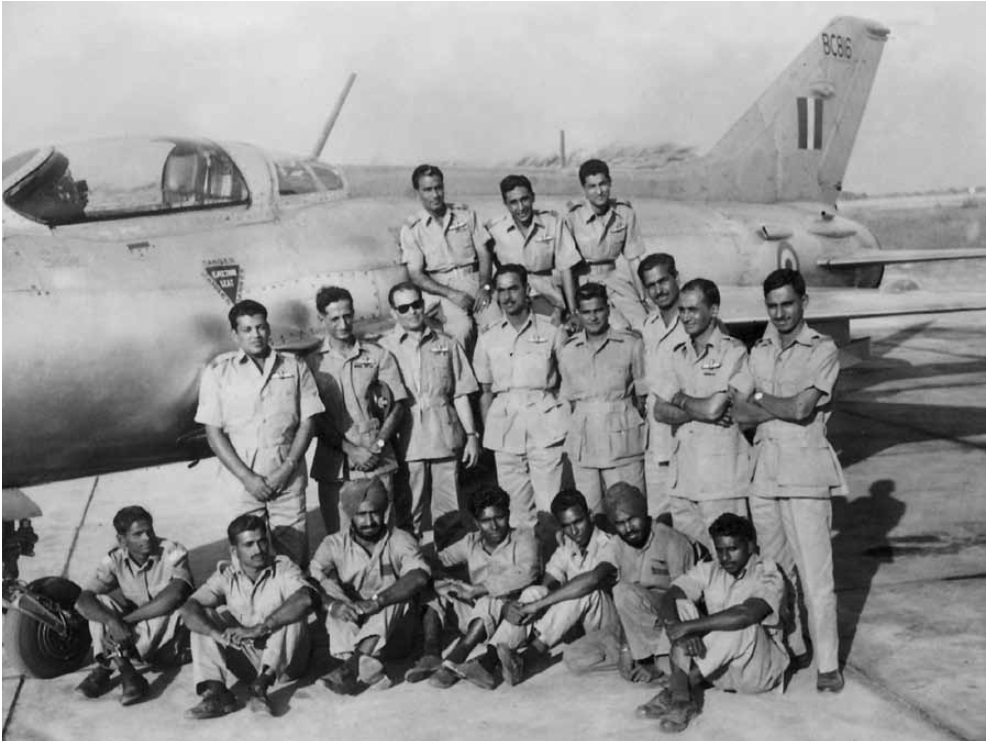Do you get confused with the nomenclature of establishments in the @IAF_MCC ? Words like Comd/Wing/Station/ FBSU/ C&MU confuse you? This abridged thread tries to explain the structural philosophy which the IAF has followed, initially borrowed from the RAF. #IAFHistory (1/16) 

The IAF HQ in Delhi is essentially divided along the Ops, Maint & Adm verticals. Its 5 geographical & 2 functional command HQs are likewise divided. Each Comd oversees numerous Stations that are largely functional in nature. These stations are named as per their functions. 2/
While Air Forces like the USAF & PAF have named their Stations after luminaries of their service, the IAF has largely stuck to numbering them (with very few recent exceptions) 3/ 

But it was not always like this. The IAF org has developed gradually over the years to be able to adapt to contemporary times. While some of that org is retained, others have been altered/modified. This thread attempts to clear the air. 4/
As early as the 1920s, the RAF had divided itself into three main functional domains – Operations (Flying and everything associated with flying), Maintenance & Administration. That fundamental structure remains the bedrock of IAF setup even today. 5/
Let’s take AirHQ of 1940s as an example. Its earliest setup had two verticals under- a “Senior Air Staff Officer (SASO)” & an “Air Offr IC Admin (AOA)”. Due to lack of Engrg Offrs in the initial yrs,Maint came under the AOA This structure was replicated in the lower tiers. 6/ 

In the years following indep, two verticals – those of ‘Maintenance’ & ‘Personnel’ were hived off the AOA’s charter & given an indep hierarchy. As of today, six verticals report directly to the chief. Originally manned by Air Cmde, these verticals are not headed by Air Mshls 7/ 

The next tier comprised the precursors of present-day Comd HQs. These were the No 1 Op Group & No 2 Trg Group. These Gps had stations/Sqns under their control. In 1947, No.1 Op Group comprised all of India and was the formation that won the Kashmir war under Baba Mehar Singh 8/ 

No 1 Op Group kept getting revived and disbanded repeatedly and to date has lived four avatars in the IAF. It is the only formation that can claim to be the forefather of no less than three Operational Commands of today! Hopefully, someday it will rise again! 9/ 

In 1949 both Groups (Op & Trg) were upgraded to Commands, this was to bring parity between Army and IAF. Other than No. 1 Group, this nomenclature did not survive. A “Wing” remains the highest estb within a command. 10/ 

At the time of independence, IAF had just 2 wings (Stations at Palam & Poona). But by the early 60s, the number was nearly 20. In addition, Transport Trg Wing, Fighter Trg Wing, 10 Adm Wing also came up as extensions of the philosophy. These institutions exist to this date. 11/
IAF has many airstrips, not all of which need to be wings. Thus came about the "Care & Maintenance unit" where an airbase had skeleton staff that kept the base operational for occasional flying. The famous battle of Longewala was fought when W/C MS Bawa activated 14 C&MU . 12/ 

Another mini-wing concept that emerged was the "Forward Base Supply Unit" (FBSU), which had a full setup of staff to support flying ops, but did not have sqns/units based permanently, but would visit on detachments round the year. FBSUs tended to be closer to the borders. 13/ 

One lesser-used nomenclature was that of Staging Post (SP). No. 1 SP functioned at Car Nicobar for refuelling of ac flying lgs msns from the mainland across the Bay of Bengal. This remains the only known Staging Post. 14/ 

An even lesser-known unit was MEMU (Mobile Echelon Maintenance Unit). Amritsar & Sirsa were 4 & 5 MEMU’s respectively in the early 70s. Over time, C&MU grew to FBSU which grew into Wings as the size of IAF increased and the role of each unit expanded. 15/ 

These Stns-no matter what their name-continue to host various units – some pertaining to flying, others to maint & adm. Units are generally mobile, as this interesting read from the Natl Archives indicates. “Stations” however, are static formations that serve units. 15/ 

In the operational sense, it is the units that do the war fighting – directly or indirectly. Thus, a Unit is the tip of the IAF’s spear and the wing/command the brains, the hand that indirectly wields it. 16/
• • •
Missing some Tweet in this thread? You can try to
force a refresh





















